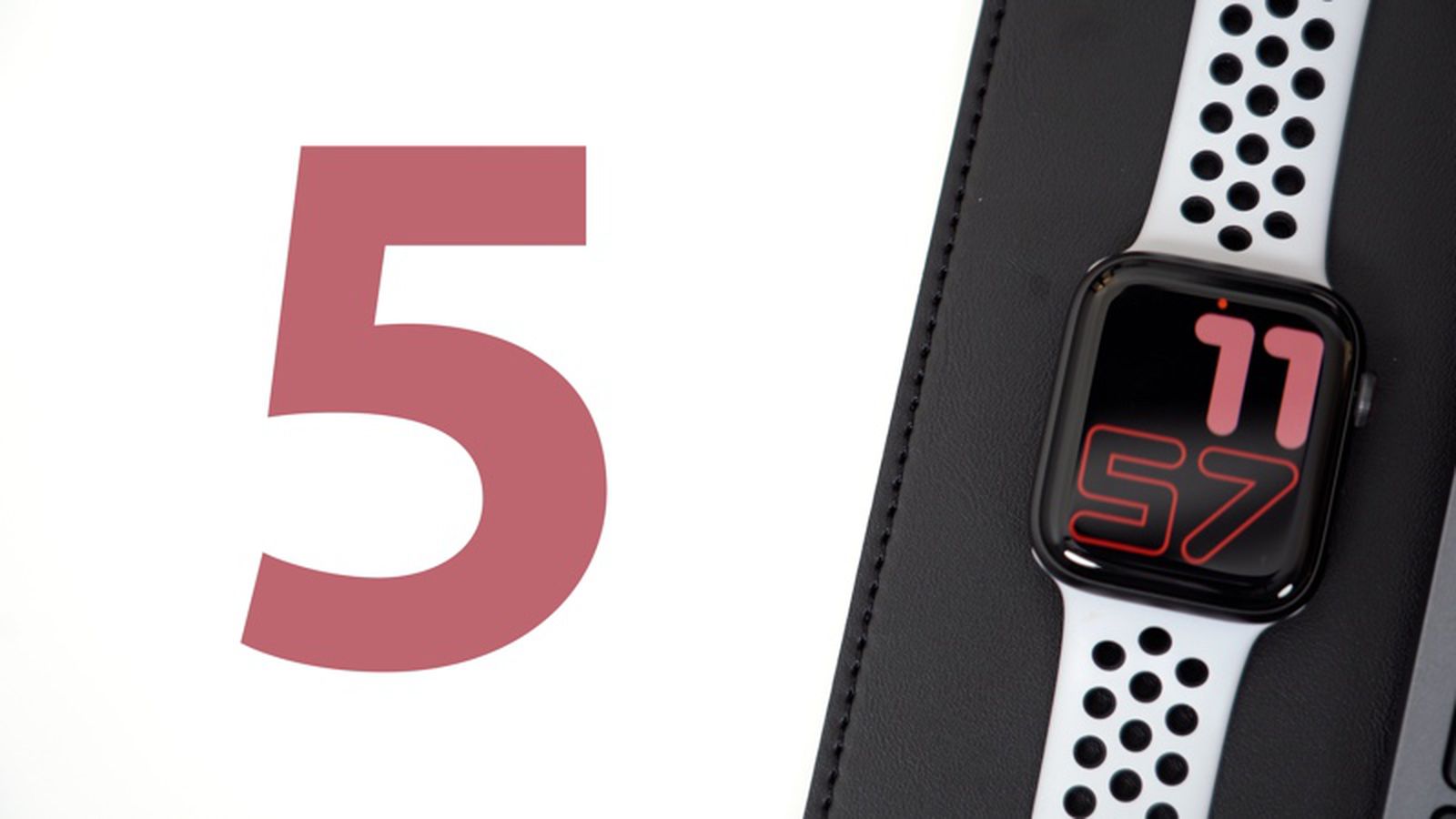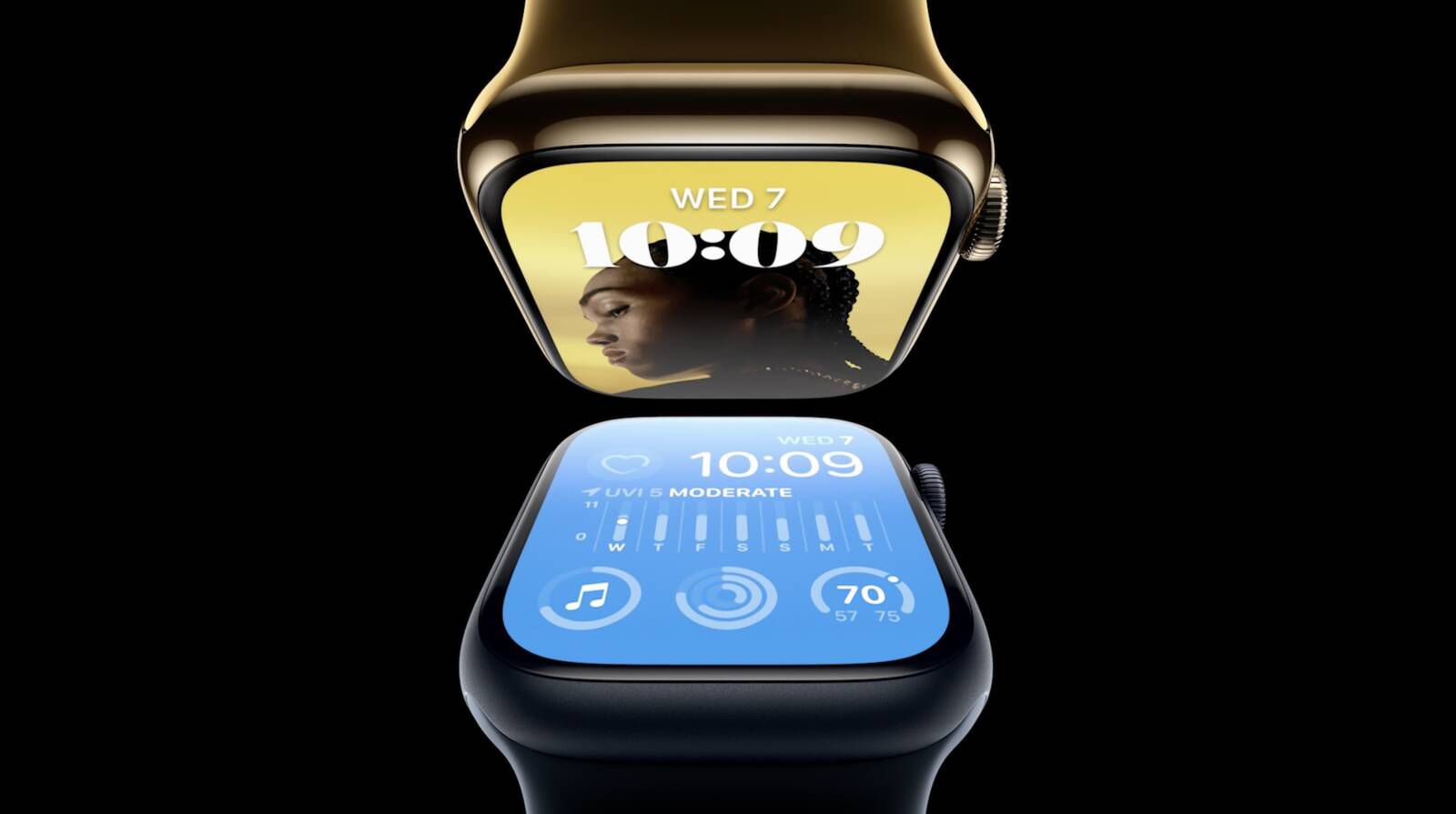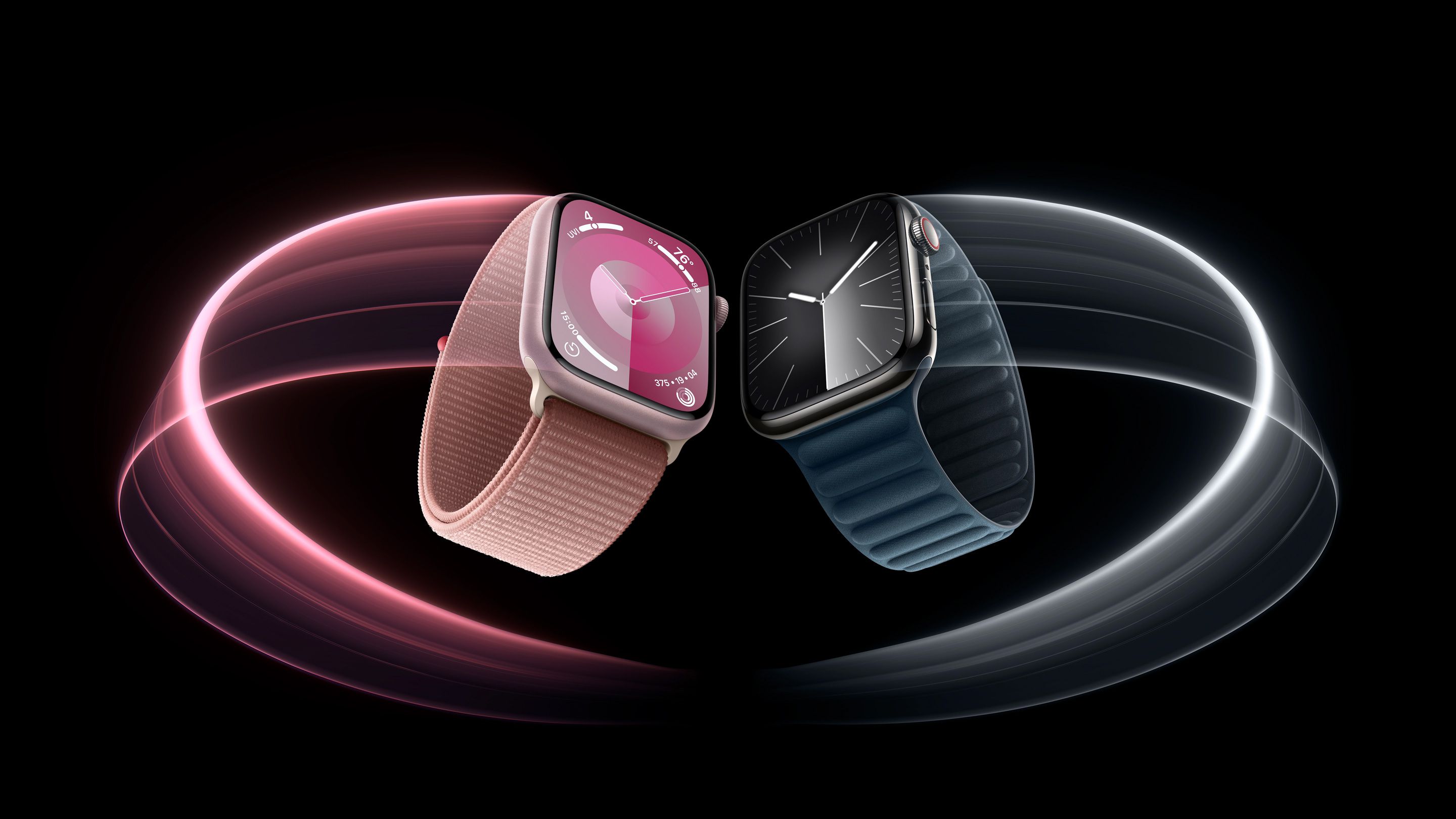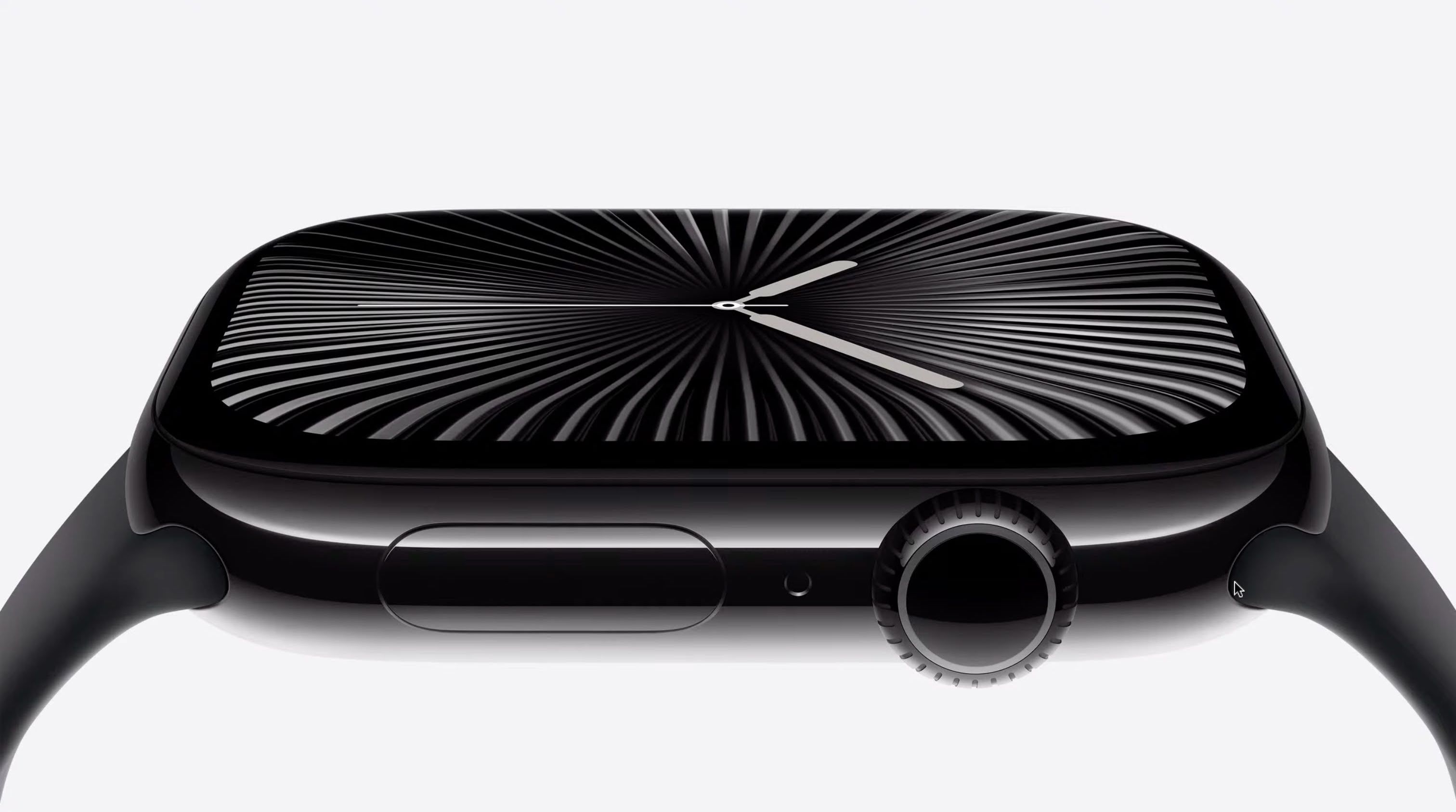My space black titanium S6 was pristine when traded in against my S10 (slate titanium).
As for keeping a watch two or three or four years -- S4 & S5 had same CPU. Then S6, S7, and S8 had the same. New CPU in S9 which the S10 is also using. And really, the S6 (which I had until recently) wasn't noticeably slower than the S9/S10 models.
Battery is easily addressed -- if under AC+ and it drops below 80% capacity you get it replaced. If not under AC+ you just
pay $99 for a battery replacement. I had my S6's battery replaced under AC+ somewhere in its third year.
…
Good points, and thanks for the links/resources. Reading this along with other posts, it does make me more likely to consider the titanium in the future. … but it’s hard to stomach the price, especially when I think if I’m going to do that, might as well get the Ultra one. (which I dislike the bulkiness and look vs. s10 but the larger battery would be great.)
The crummy battery life was the biggest impediment to using it (S7) without lots of hassle, having to charge it at least 2x a day since I use it for sleep tracking. So I certainly didn’t _need_ to upgrade just 2-3 weeks ago, and I could have got 1-2 more years out of it, but it seemed semi-worth it for about $350 after tax and after $100 for the S7 trade-in. Everyone’s finances and battery experience are different, of course…
At the Apple Store several months back, I tried to tell them basically what you wrote about the $99 battery replace and the staff refused, saying their diagnostics claimed it was okay… battery health being at 83%. And I was paying Apple care at the time, which made their rejection more disappointing.
Oh well, at the end of the day, it’s a useful tool and also an expensive luxury item. Having got used to the features I will probably always prefer to have one than not, but it’s a hard decision to know when to upgrade, which model, etc.
And I remain mostly glad to have moved on from using Fitbits, which have their pros but the cons are very bad, mostly how lousy build quality they are, to where they break down every 1-2 years.







